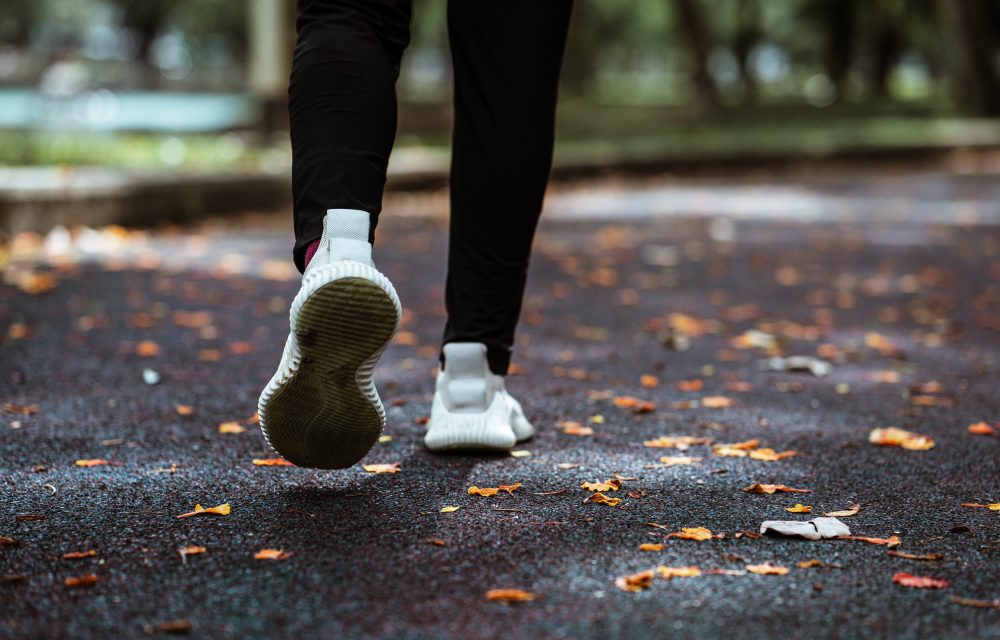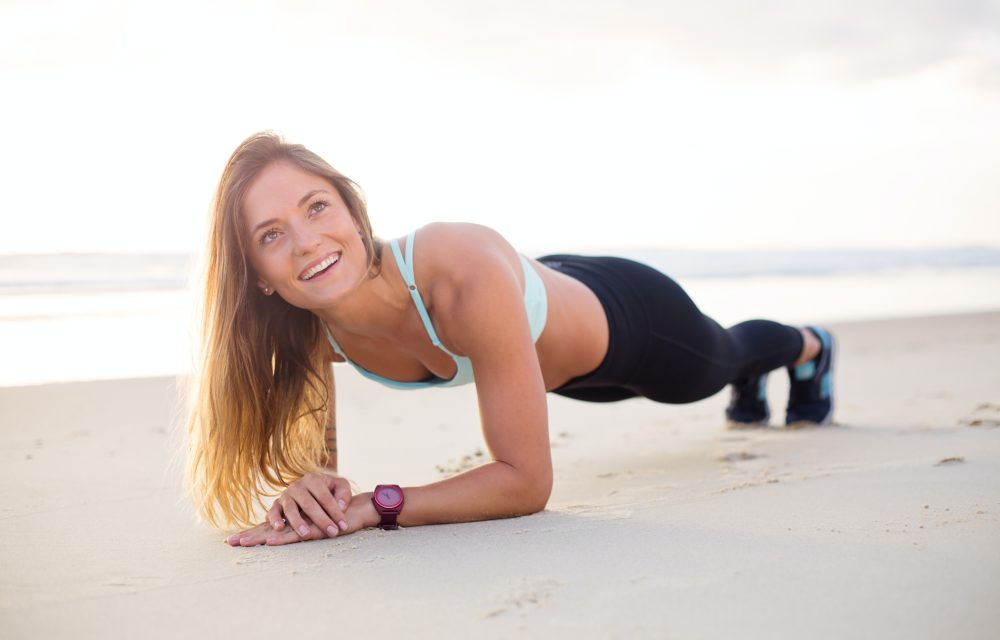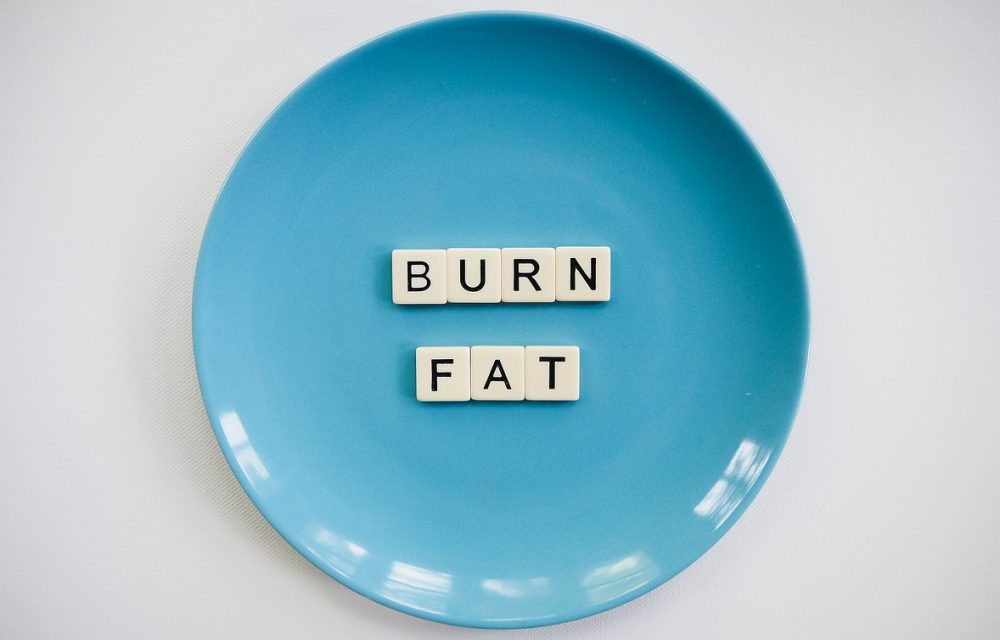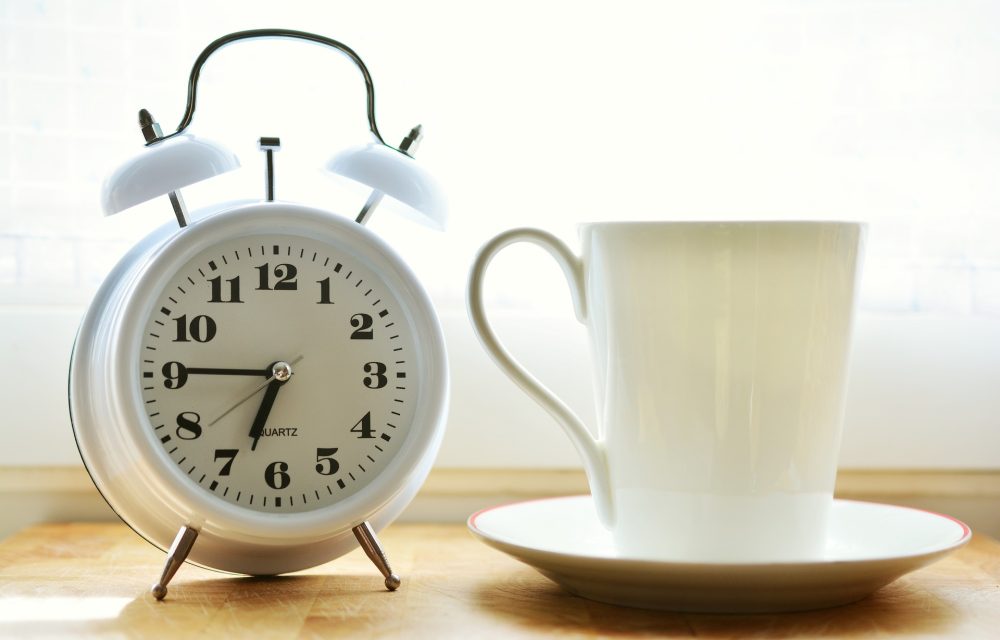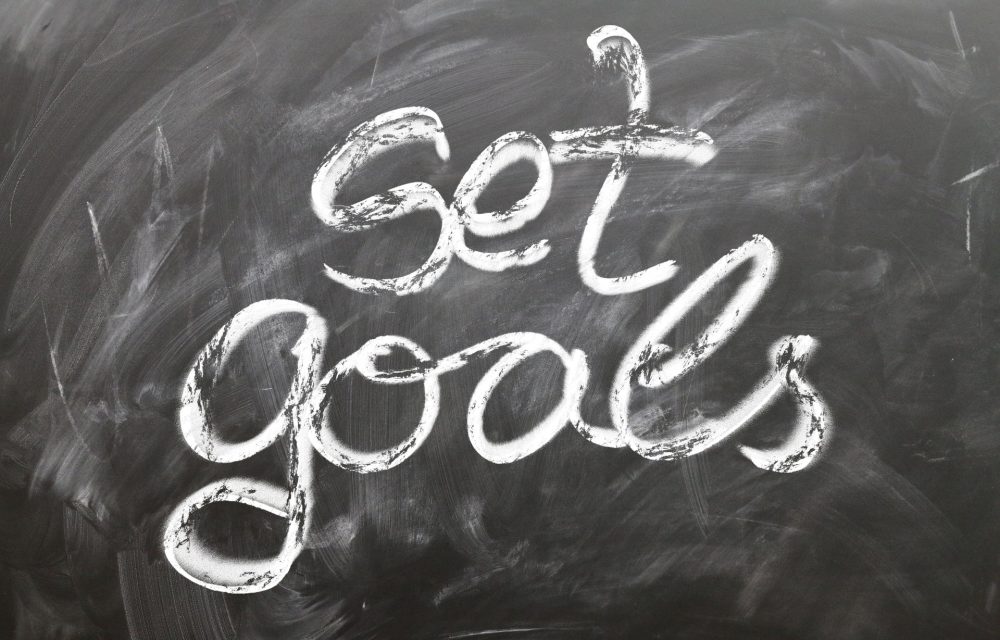Are You As Healthy As You Think You Are?
Many people in Honolulu, HI, take their good health for granted. They believe they’re healthier than they are. Most won’t visit the doctor and have the appropriate tests to prove they’re healthy or if they have a chronic underlying issue that needs to be addressed. These silent chronic illnesses are more dangerous or just as dangerous as any virus that spikes a fever or sends you to bed.
Do you have problems with chronic inflammation?
Inflammation is like fire. It’s beneficial in most cases unless it gets out of hand. It’s the body’s way of eliminating pathogens, damaged cells, and other irritants. It causes fevers that help destroy viruses and bacteria, preventing further damage. It helps speed the healing of wounds. Like fire, it can get out of control. Then the inflammation goes from acute to chronic. It is low-grade and can lead to serious conditions like cancer. Checking inflammation levels can identify problems earlier.
Are your belly bugs in balance?
Your gut microbiome controls more than just digestion. It plays a role in your overall health, including your mental health. Your microbiome is easier to control than several other issues in the body. Making lifestyle changes can help. The food you eat, medications, stress level, and weight can make a difference between a healthy microbiome and an unhealthy one. If your microbiome is off kilter, it can cause weight gain and other problems. If you’re chronically bloated and gassy, check with a doctor.
Are you getting the benefits of all the necessary minerals, vitamins, and nutrients?
Having a blood test can pinpoint any nutrient deficiencies, whether it’s vitamin D, iron, or other important nutrient. Having a blood profile can look at all the body’s nutrient levels and pinpoint areas where an improved diet could help. It also can show places where absorption isn’t adequate or some other health condition exists.
- Your eyes can show when there’s an internal problem and so can your skin. Rashes, eczema, acne, and other skin problems indicate you may have an underlying health condition. Skin problems can also indicate digestive issues.
- Are you getting a good night’s sleep without waking up several times throughout the night? If you sleep through the night and wake up refreshed, it’s a sign of a healthy lifestyle. Waking up tired is an indicator there’s a problem.
- You don’t need a doctor to tell you that you’re getting winded doing simple tasks and that’s not good. If loading groceries into your car makes you want to sit and rest, talk to your doctor. You may need to increase your daily exercise, lose weight, or have a health issue that needs addressing.
- Is your blood sugar stable? Do you go through super lows where your personality changes or you are ready to drop? Do you suffer from cravings that may indicate stress, hormonal imbalances, or instability of blood sugar?
For more information, contact us today at Hawaii Fit Camp!


